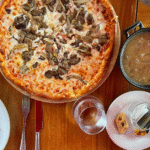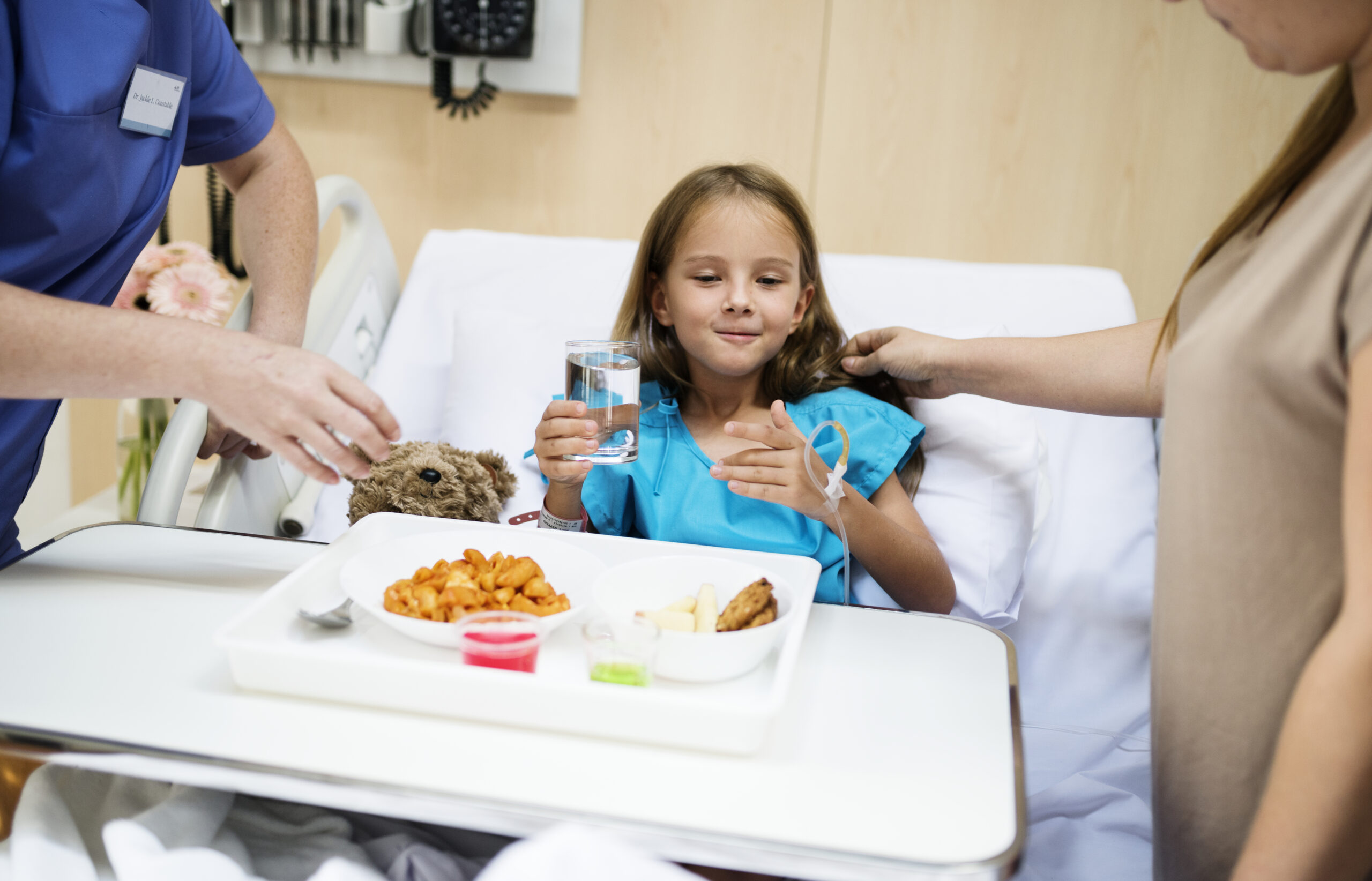Recovering from surgery is a critical time when your body requires extra care, rest, and most importantly—proper nutrition. For many surgical procedures, particularly those involving the mouth, jaw, throat, digestive tract, or even certain orthopedic or bariatric surgeries, a Soft Food Diet After Surgery becomes essential. This temporary eating plan helps ease your digestive burden, prevents discomfort, and supports healing.
But what exactly is a soft food diet, and how can you follow it effectively after surgery?
In this comprehensive guide, we’ll explore the purpose, benefits, best food choices, meal planning tips, and precautions you should take when transitioning to or from a soft food diet after surgery.
What Is a Soft Food Diet?
Foods that are simple to chew, swallow, and digest make up a soft food diet. These foods are generally low in fiber, smooth in texture, and require minimal effort to prepare and consume.
-
Have undergone surgery involving the mouth, throat, stomach, or intestines
-
Experience difficulty chewing or swallowing (dysphagia)
-
Are transitioning from a liquid diet back to normal foods
Unlike a liquid diet, which involves only fluids or very soft purees, a soft food diet allows more variety, including soft-cooked vegetables, tender meats, and dairy products.
Why Is a Soft Food Diet Important After Surgery?
1. Promotes Healing
Following surgery, your body uses resources and energy to rebuild tissues, reduce inflammation, and regain strength. Soft foods help you meet your nutritional needs without placing stress on the digestive system or surgical site.
2. Reduces Risk of Complications
For surgeries involving the mouth, jaw, throat, or esophagus, chewing hard or crunchy foods can disrupt stitches, cause pain, or lead to bleeding. In abdominal surgeries, easy-to-digest foods reduce the risk of gas, bloating, and strain on healing organs.
3. Prevents Malnutrition
Post-operative recovery often comes with reduced appetite. Soft foods that are nutrient-rich and easy to eat can prevent unintentional weight loss and nutrient deficiencies.
4. Manages Pain and Discomfort
Soft, bland foods minimize irritation in sensitive areas, making the eating experience more comfortable.
When Is a Soft Food Diet Recommended?
Following treatments like these, a soft food diet is frequently advised:
-
Wisdom tooth extraction or other dental surgery
-
Jaw surgery (orthognathic surgery)
-
Tonsillectomy or adenoidectomy
-
Bariatric surgery (gastric bypass, sleeve gastrectomy)
-
Abdominal surgery (e.g., hernia repair, bowel resection)
-
Throat or esophageal surgery
-
Radiation therapy to the head or neck
-
Gastrointestinal issues like ulcers, Crohn’s, or diverticulitis flare-ups
Always follow your surgeon’s or dietitian’s recommendations about how long to follow a soft food diet, as healing times can vary.
The Greatest Foods for a Soft Food Diet
Here’s a list of foods that are gentle on the system yet nutritious enough to support healing.
Protein Sources
-
Scrambled or poached eggs
-
Tofu or soft soy products
-
Ground meats (well-cooked and tender)
-
Soft fish (e.g., tilapia, cod, salmon)
-
Moist chicken or turkey (shredded or minced)
-
Cottage cheese, ricotta cheese
-
Greek yogurt or plain yogurt
-
Protein shakes or smoothies
Vegetables
-
Mashed potatoes or sweet potatoes
-
Soft-cooked carrots, peas, squash, or spinach
-
Pureed vegetable soups
-
Avocado (mashed)
-
Steamed or roasted vegetables, chopped finely
Fruits
-
Applesauce
-
Ripe bananas
-
Mashed berries
-
Smooth fruit purees
Grains and Carbohydrates
-
Oatmeal or cream of wheat
-
Soft-cooked pasta
-
White rice or well-cooked brown rice
-
Soft bread (without crust), pancakes, or waffles
-
Muffins or soft rolls (avoid seeds or nuts)
-
Polenta or grits
Dairy and Alternatives
-
Milk or lactose-free alternatives (almond, oat, soy)
-
Soft cheeses (e.g., brie, mozzarella)
-
Smooth puddings or custards
Fats and Oils
-
Butter or ghee (in moderation)
-
Olive oil
-
Nut butters (smooth, no chunks)
Liquids
-
Broth-based soups
-
Herbal teas
-
Water
-
Low-acid fruit juices (pear, apple)
-
Electrolyte drinks
Items to Steer Clear of on a Soft Food Diet
To protect healing tissue and prevent discomfort, avoid:
-
Tough meats (steak, pork chops)
-
Raw vegetables and salads
-
Hard fruits like apples or unripe pears
-
Nuts and seeds
-
Whole grains with husks
-
Crusty bread or bagels
-
Chips, crackers, popcorn
-
Spicy foods or acidic items (citrus, tomato-based)
-
Carbonated beverages (may cause bloating or pain)
An Example of a Soft Food Diet Meal Plan
Here’s an example of what a day on a soft food diet might look like:
Breakfast
-
Scrambled eggs with soft avocado
-
Mashed banana
-
Herbal tea or warm milk
Morning Snack
-
Greek yogurt with a spoonful of applesauce
-
Smoothie with protein powder, soft fruits, and almond milk
Lunch
-
Creamy chicken soup with soft-cooked vegetables
-
Mashed potatoes with gravy
-
Steamed carrots (very soft)
Afternoon Snack
-
Cottage cheese with mashed canned peaches
-
Oatmeal with cinnamon
Dinner
-
Baked tilapia with white rice
-
Steamed spinach or mashed sweet potato
-
Pudding or custard for dessert
Evening Snack
-
A warm glass of milk or lactose-free alternative
-
Soft muffin or protein shake
Success Strategies for a Soft Food Diet
-
Cook Foods Thoroughly
Ensure that every meat and veggie is tender enough to be mashed with a fork. -
Stay Hydrated
Surgery increases your body’s fluid needs. Drink broths and water all day long. -
Use Seasonings Wisely
Avoid overly spicy or acidic seasonings, but gentle herbs (basil, parsley) and a touch of salt can enhance flavor. -
Eat Smaller, More Frequent Meals
Appetite may be reduced post-surgery. You can reach your nutritional objectives by eating five to six small meals. -
Blend or Puree When Needed
Use a blender or food processor to adjust textures to your comfort level. -
Watch for Constipation
With reduced fiber intake, constipation can occur. Increase fluid intake, and ask your doctor if a stool softener is needed. -
Avoid Straws if Advised
After oral or jaw surgery, using a straw may increase pressure and interfere with healing.
Transitioning Off a Soft Food Diet
Your surgeon or other healthcare professional will eventually suggest that you return to a more consistent diet. This process should be gradual to avoid shocking your digestive system or irritating healing tissue.
Signs You’re Ready:
-
You can chew and swallow without pain
-
No digestive discomfort from soft foods
-
Approval from your medical provider
Steps to Transition:
-
Begin incorporating semi-soft foods, like soft rice, scrambled eggs, or well-cooked pasta.
-
Slowly reintroduce cooked vegetables and fruits with skins.
-
Introduce small portions of meat or grains with more texture.
When to Call Your Doctor
If you experience any of the following symptoms while on a soft food diet, seek medical advice:
-
Persistent nausea or vomiting
-
Inability to swallow even soft foods
-
New or worsening pain after eating
-
Signs of infection (fever, swelling)
-
Sudden weight loss or malnutrition
-
Constipation that doesn’t resolve with fluids or movement
Special Considerations by Type of Surgery
Dental or Jaw Surgery
-
Avoid acidic, spicy, or hard foods.
-
Cold soft foods like smoothies and yogurt can soothe pain.
Gastrointestinal Surgery
-
Stick to low-fiber, non-gassy foods initially.
-
Avoid lactose if sensitivity develops.
Bariatric Surgery
-
Focus on protein intake and avoid sugar.
-
Follow a staged diet (clear liquids → full liquids → pureed → soft).
Throat Surgery or Tonsillectomy
-
Avoid citrus or hot foods.
-
Choose smooth, cold foods to reduce swelling and pain.
Final Thoughts
A soft food diet after surgery isn’t just about eating easy-to-chew meals—it’s about giving your body the right tools to heal, recover, and rebuild. Choosing the right foods during this phase can make a big difference in how quickly you recover and how comfortable the process is.
With the proper planning, variety, and attention to nutrition, a soft food diet can be both nourishing and satisfying, helping you transition smoothly back to normal eating when the time is right.
Q1: What is a soft food diet after surgery?
A1: It includes easy-to-chew, gentle foods that help you heal without stressing your digestive or surgical areas.
Q2: Which surgeries require a soft food diet?
A2: Dental, jaw, throat, abdominal, and bariatric surgeries commonly require a soft food diet during recovery.
Q3: What are examples of soft foods?
A3: Mashed potatoes, yogurt, scrambled eggs, soft-cooked vegetables, and smoothies are common soft food options.
Q4: How long should I stay on a soft food diet?
A4: Duration varies—follow your doctor’s advice, typically anywhere from a few days to several weeks.
Q5: Can I get enough nutrition on a soft food diet?
A5: Yes, with proper planning—focus on protein, hydration, and nutrient-rich soft foods to meet your needs.





